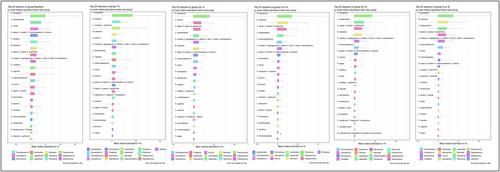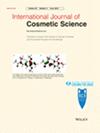Stratum corneum (SC) is essential for skin barrier function, mitigating water loss and shielding against potentially harmful substances and allergens. The SC's lipid matrix, arranged in a lamellar structure, is integral to its protective role. Our study explores the restoration effects of a multilamellar cream with an acidic pH compared to a basic placebo cream on skin physiology and its interaction with the skin microbiome after stress induction via tape stripping (TS).
In this double-blind study, 14 healthy participants aged 21–58 years were assessed pre- and post-tape stripping, followed by a 14 days application of a multilamellar test cream and a placebo cream with evaluations on days 7, 14 and 17 for sustained effects. Skin physiology was analysed in terms of epidermal barrier function, SC hydration and surface pH. The microbiome was analysed by 16S rRNA amplicon sequencing the 16S rRNA gene using Illumina MiSeq, with subsequent species identification.
Our study showed significant improvements in skin barrier repair and SC hydration with verum, particularly after 14 days of application, while both creams initially enhanced stratum corneum hydration. No significant changes in surface-pH were detected. The skin microbiome analysis revealed that TS slightly decreased alpha diversity, a trend that verum significantly reversed, enhancing diversity beyond baseline levels after 14 days. Overall, while both creams contributed to a broader microbial phyla diversity over time, no significant changes in the abundance of specific genera or species were noted between treatments.
Our study delineates the efficacy of a pH-optimized multilamellar cream in enhancing epidermal barrier recovery and SC hydration post-sequential TS, in contrast to an unstructured basic placebo. Verum cream significantly improved skin barrier function and SC hydration at day 14, with sustained effects evident beyond the treatment period. Furthermore, the multilamellar formulation facilitated the restitution of cutaneous microbiome diversity, a key indicator of healthy skin ecology, underscoring the symbiotic relationship between barrier integrity and microbial composition. These findings underscore the importance of multilamellar emollient structures in dermatological therapeutics, with potential implications for the design of advanced skincare interventions that holistically support cutaneous resilience and homeostasis.



